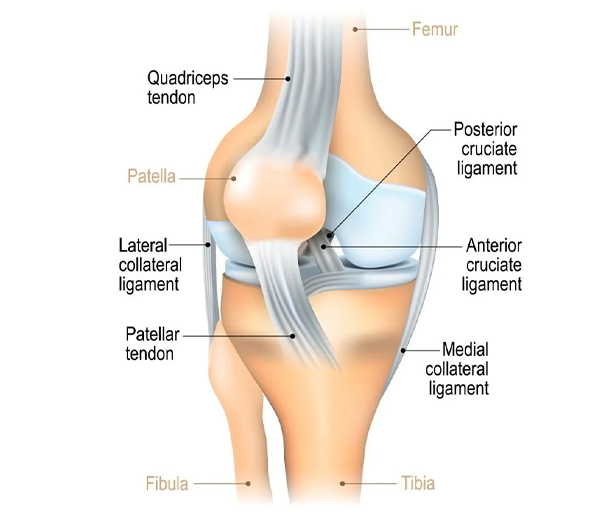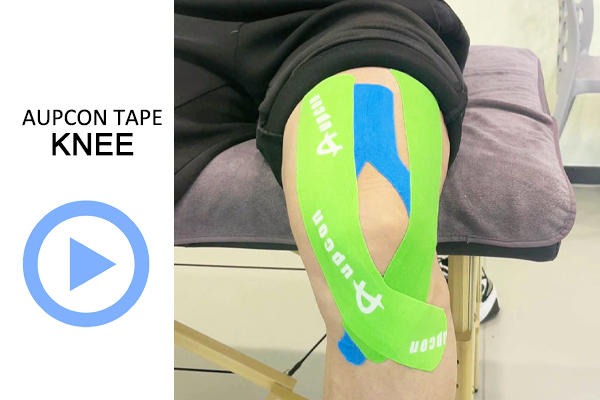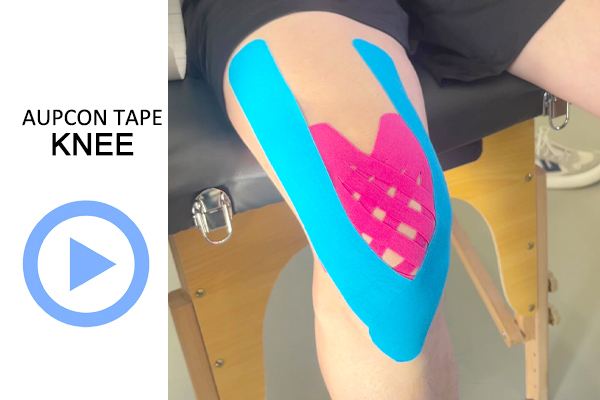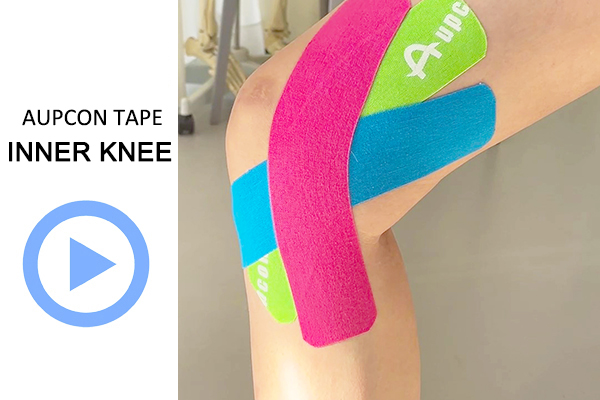How to use kinesiology tape for lcl injury?
LCL-letsel
A knee ligament injury is a sprain or tear of one or more of the four ligaments in the knee joint, including the medial collateral ligament (MCL), lateral collateral ligament (LCL), posterior cruciate ligament (PCL), or anterior cruciate ligament (ACL). Injuries may be associated with high-risk sports, traffic accidents, etc. Symptoms include knee pain, swelling, knee instability, and ligament sprains or tears. This article will focus on lateral collateral ligament (LCL) injuries and provide effective treatment.
Read this article to learn how to use kinesiology tape for LCL injury to treat lateral collateral ligament injuries and relieve pain. Get started now!
Kinesiologietape TAPINGTIPS
- Clean your skin before applying to extend the life of thekinesiology tape for LCL injury.
- Om een goede pasvorm te garanderen, knipt u de vier hoeken af met een kinesiologietapeschaar. Zo voorkomt u dat ze eraf vallen.
- Raak het lijmoppervlak niet aan bij het aanbrengen van de tape om de plakkerigheid te voorkomen.
- After applying, wipe the kinesiology tape for LCL injury several times to make it stick firmly.
- Avoid prolonged use of knee physio tape and replace it within 3-7 days.
- If there is an open wound on the thigh, do not apply knee physio tape to the area.
How to use kinesiology tape for lcl injury?
Stretch the first strip of knee physio tape 75% and apply it to the lateral collateral ligament.
Next, stretch the second knee physio tape by 75% and bond it to the first tape in an X-shape.
Secure the last strip of tape in the middle of the X-shape and stretch it 75% to adhere it along the lateral femoral muscle.
What is a kinesiology tape for LCL injury?
The main function of kinesiology tape for LCL injury
Reduces pain and inflammation: By lifting the skin, the tape creates more space to improve blood flow and lymphatic drainage, thus reducing swelling.
Provides support: The knee physio tape provides flexible external support for the lateral collateral ligament, reducing ligament stress.
Improves proprioception: Applying the knee physio tape enhances the body’s perception of the joint’s position in space, thereby improving muscle strength and joint function.
Katoenen kinesiologietape
for LCL injury
→
Veel Gestelde Vragen
A lateral collateral ligament (LCL) injury refers to an injury to the lateral collateral ligament (LCL), a major ligament on the outside of the knee joint, caused by overstretching or tearing. It is usually caused by an impact to the inside of the knee, leading to excessive inward bending (varus) of the knee joint.
Isolated LCL injuries are relatively rare; most occur alongside injuries to other knee ligaments or structures, such as the ACL or meniscus.
The main cause of LCL injuries is a strong force acting on the inside or outside of the knee, typically during sports that cause knee flexion (such as soccer, skiing, or motor vehicle accidents).
Weakness or imbalance in the muscles surrounding the knee increases the likelihood of ligament sprains or tears.
To quickly treat a lateral collateral ligament (LCL) injury, prompt initial treatment is essential. This includes ice application to the affected area, avoiding excessive activity, taking nonsteroidal anti-inflammatory drugs (NSAIDs), and using therapeutic tape for knee as supportive therapy until pain and swelling subside. If necessary, a hinged knee brace can be used to protect the ligament and promote healing. Contact Aupcon if you need katoenen kinesiologietape for LCL injury and hinged knee braces.
Tears of the medial collateral ligament (MCL) and anterior cruciate ligament (ACL) are the most frequent forms of knee injuries; lateral collateral ligament (LCL) injuries are less frequent. However, damage to either ligament can cause pain and instability in the knee, which can interfere with day-to-day activities.
Appropriate use of adjunctive treatments, such as physical therapy with kinesiology tape for LCL injury, is particularly important for managing LCL injuries. We wish you an improved quality of life.
Andere lichaamsdelen
Different types of knee injuries require different tape application methods. Please continue reading the Aupcon tape usage tutorial for answers. If you have sports injuries to other body parts, such as the schouder, enkel, pols, been, of foot, you can also find professional application tutorials here. To obtain Aupcon’s original kinesiology tape, please contact the fabrikant van kinesiologietape.





